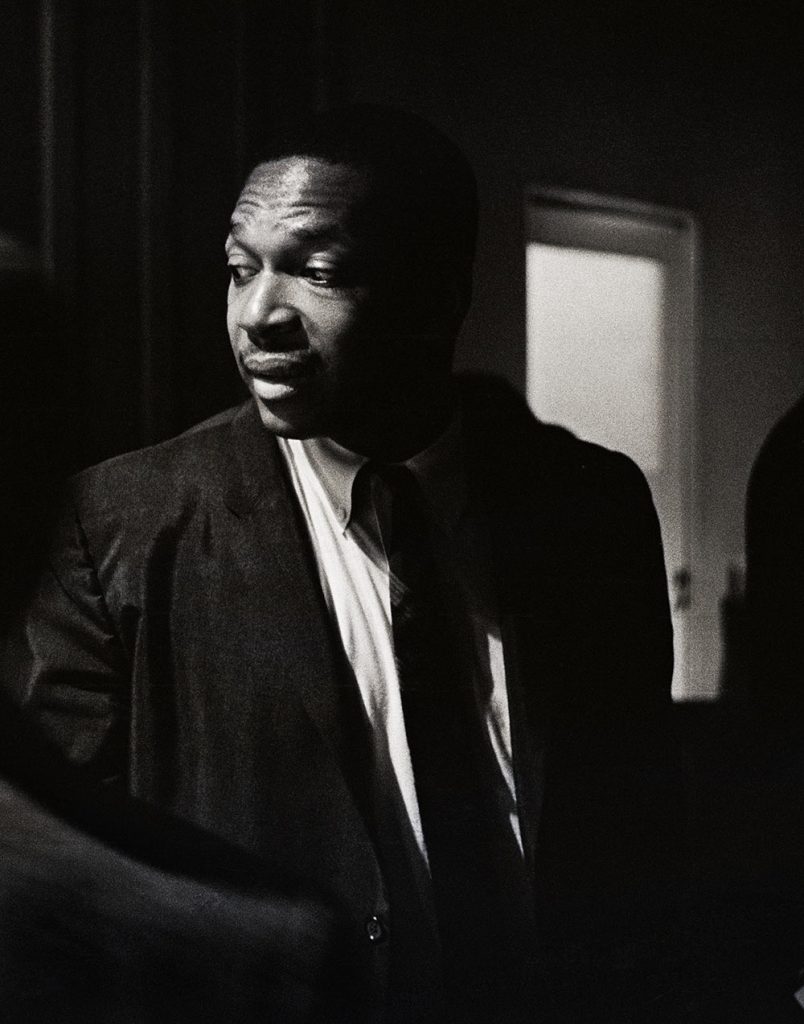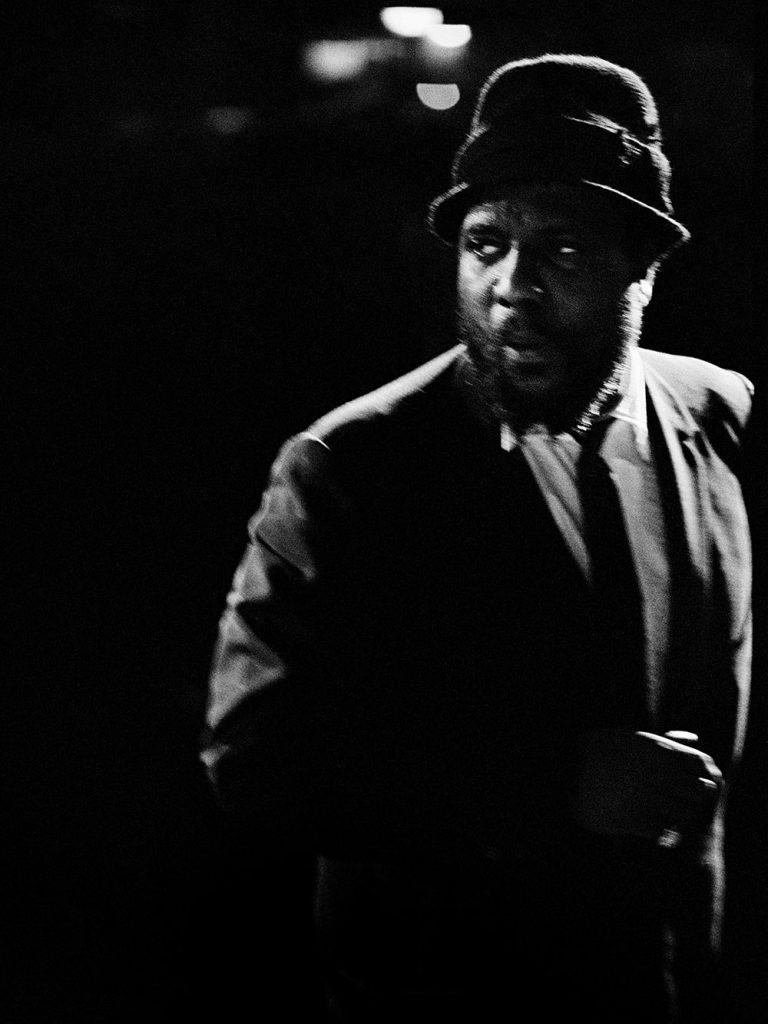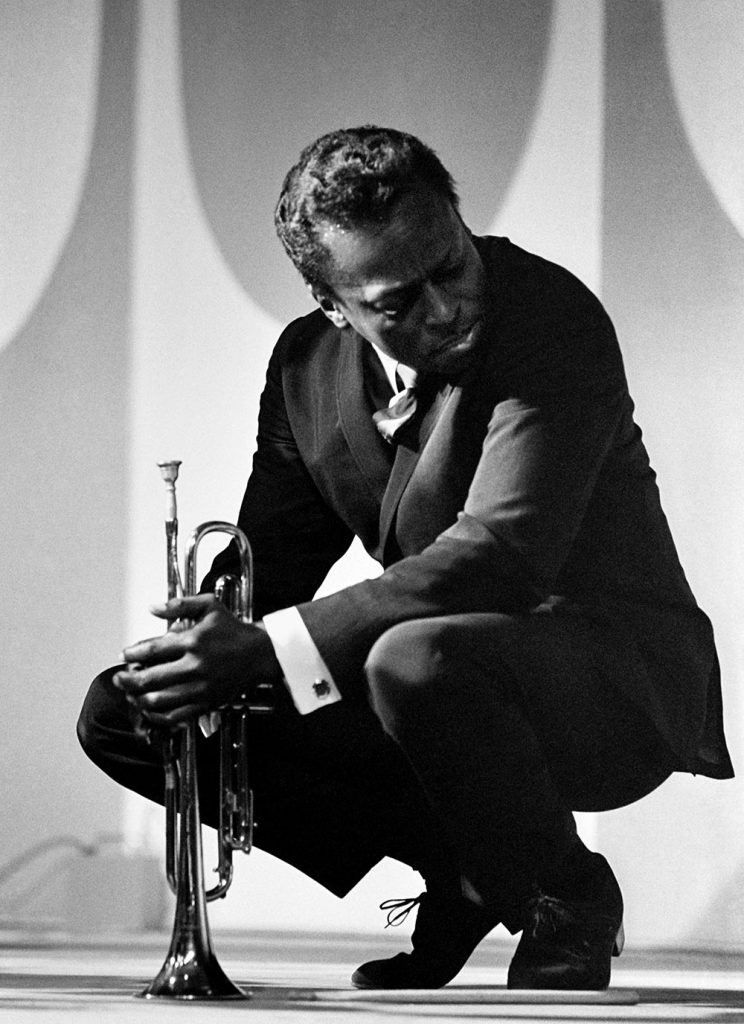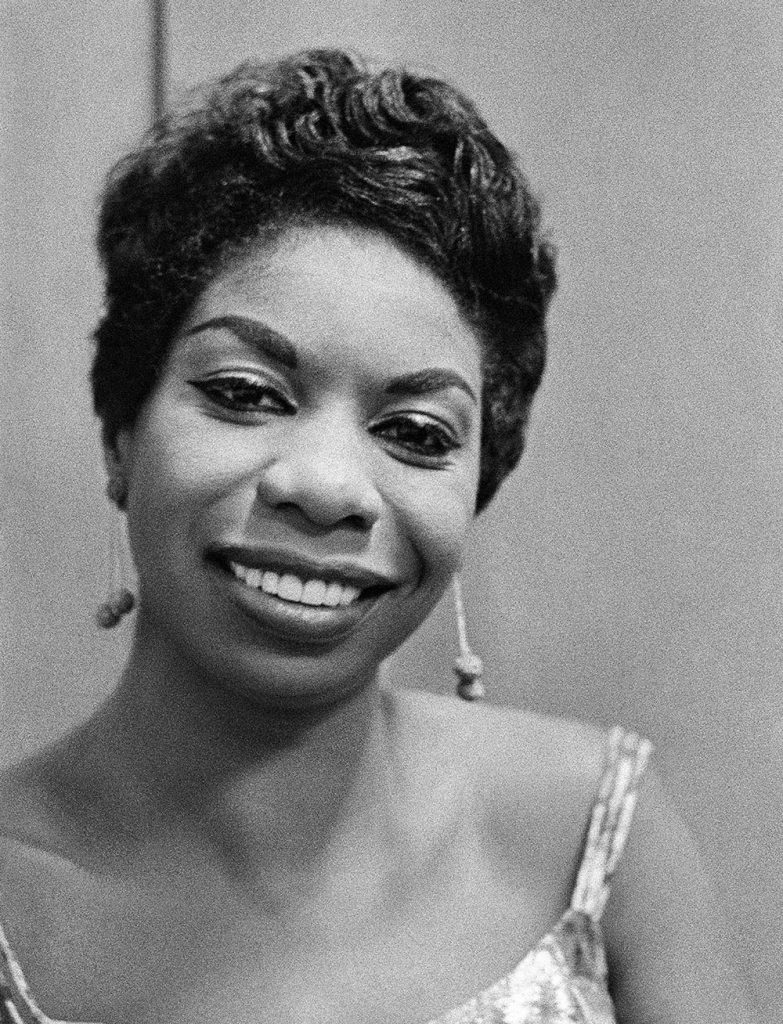Jerry Stoll: Jazz effrey Moose Gallery is deeply honored to present the Jazz photographs of San Francisco photographer, filmmaker, writer and social activist Jerry Stoll for the months of October and November. A reception will be held on First Friday, October 7th, from 6 to 8 PM. A Facebook livestream will broadcast from 5:20-5:40. A second event will take place on First Friday, November 4th, 6-8PM. An informal talk will be held at 6:30.
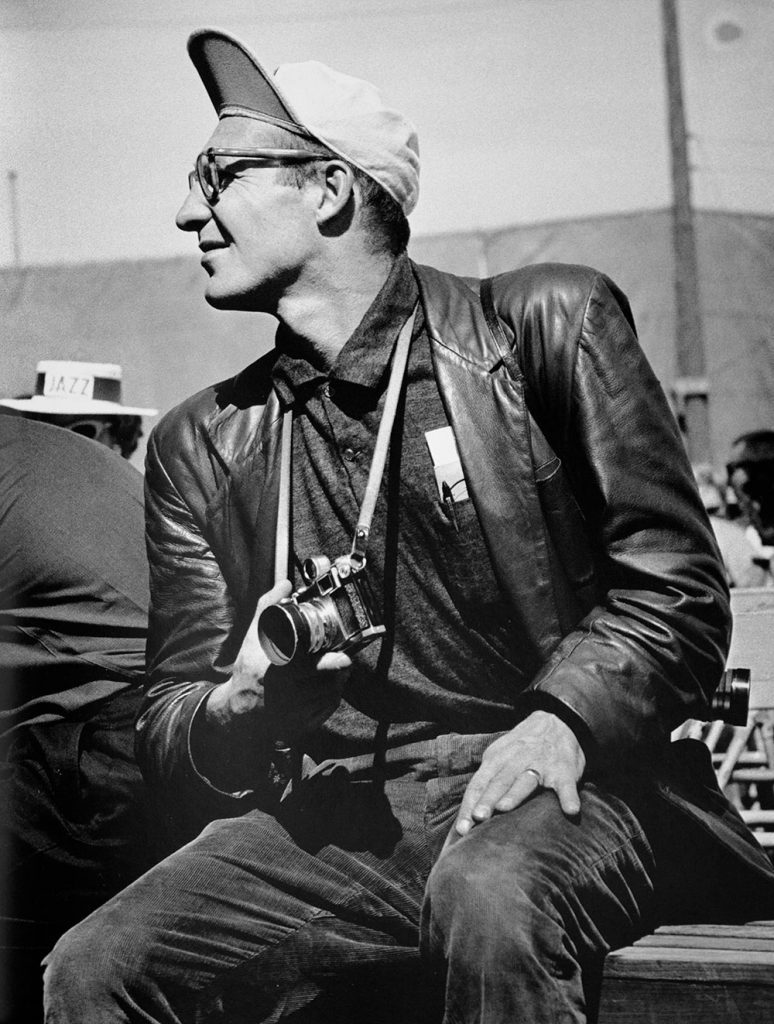
The gallery is happy to add to the gravity of the Bainbridge Island Museum’s partnership with the Earshot Jazz Festival in October for the fifth year in a row.
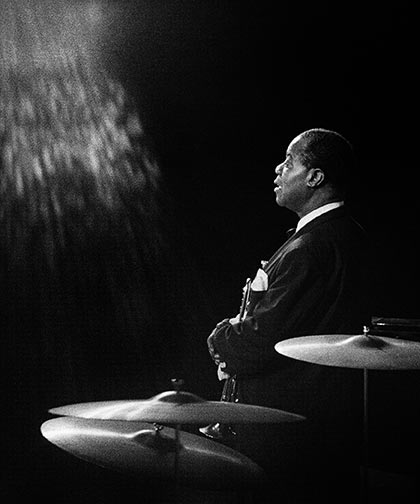
Mr. Stoll (1923-2004), working as the Official photographer for the Monterey Jazz Festival’s first eight years, had a window into a pivotal time in Jazz history as the Big Band scene gave way to Be Bop, Cool Jazz and, regionally, a distinctive West Coast sound. His shots of Louis Armstrong, Duke Ellington and Billie Holiday contrast with those of the new era, Thelonius Monk, Dizzy Gillespie, Miles Davis, Charles Mingus, John Coltrane and Ornette Coleman.

The photos are exquisite, all black and white, as the festival performers wore primarily formal clothing. But many of the shots have an informal feel, as if the photographer were unnoticed. Shots of Johnny Hodges and Duke Ellington and another of Charles Mingus and Ben Webster look as if they come from a documentary, as business is conducted backstage. On the other hand, a shot of Louis Armstrong onstage with a heavenly burst of light and another of Miles Davis. crouching with his trumpet, look carefully composed.
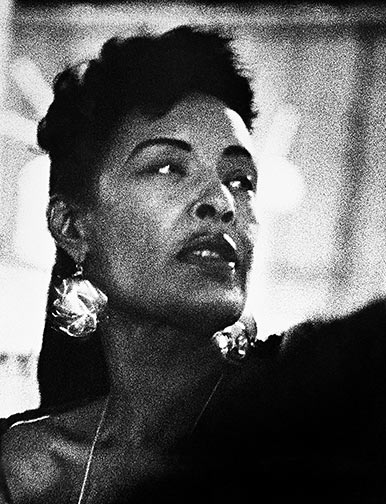
The exhibit is made possible by a generous loan from an anonymous Bainbridge collector and by kind assistance from Mr. Stoll’s son, Casey, a Union set painter. Many of the photos are available for sale as prints in a variety of sizes.
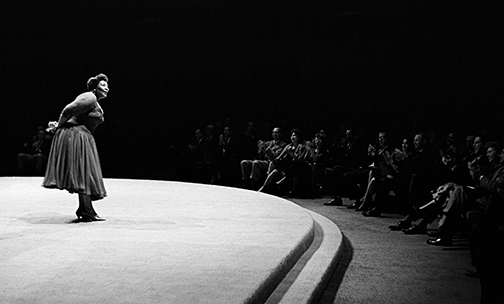
As one of the principal eyes behind 1955’s San Francisco Weekend, a group show of work by Bay Area Photographers, an organization he helped to co-found and lead, Stoll showed work that revealed the personality of San Francisco’s North Shore community populated by Beat Generation hipsters, musicians, poets, painters, dancers, activists and Italian and Chinese immigrants. The exhibition won the Award of Merit at the San Francisco Art Festival in 1955, and was purchased by the San Francisco Arts Commission, exhibited at the San Francisco Museum of Art and shown internationally by the U.S. Information Agency. The exhibit was followed in 1956 by San Francisco Discovery, a large group show, at the De Young Museum.

In 1996, The Smithsonian Institution produced a six hour oral history of Jerry’s personal and visual association with American Jazz under the direction of composer/musician Anthony Brown, one of more than 150 interviews the institution sponsored between 1992 and 2002.


